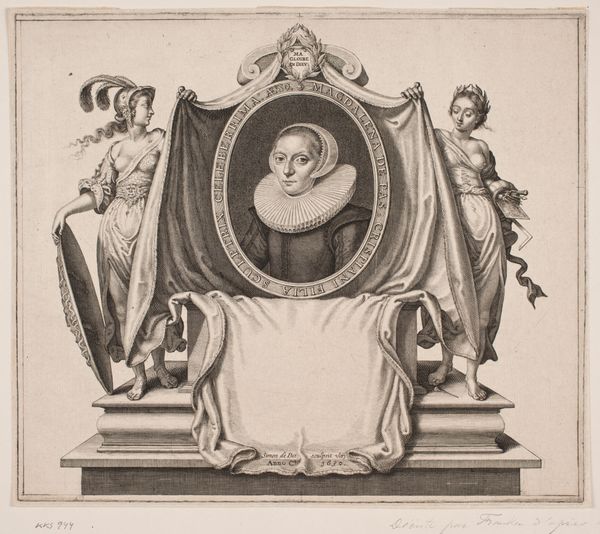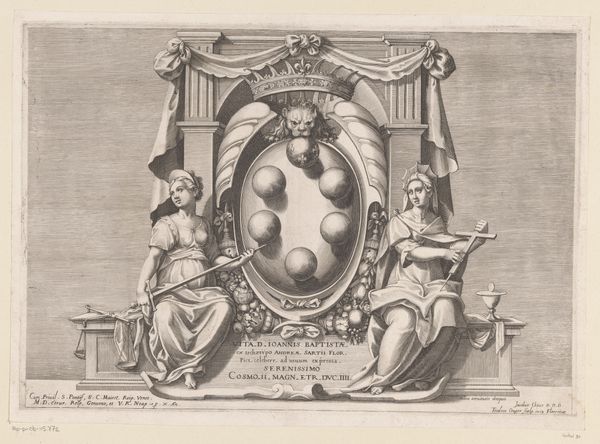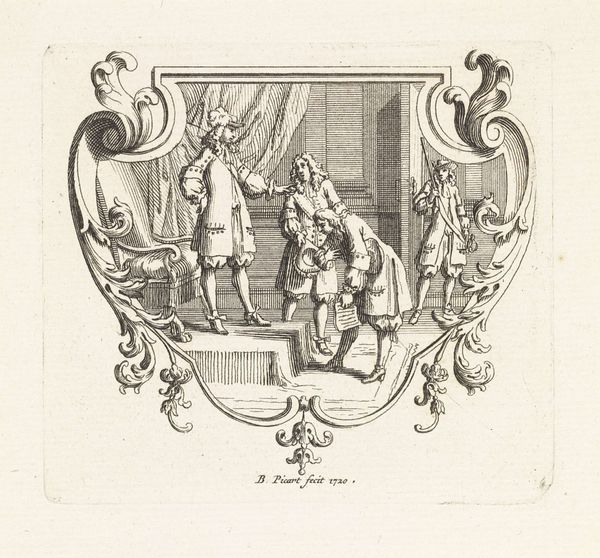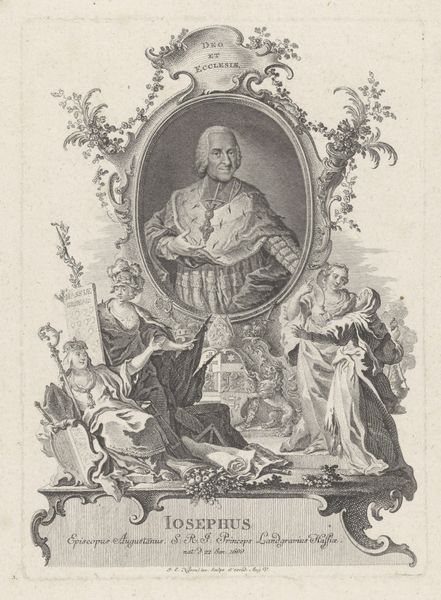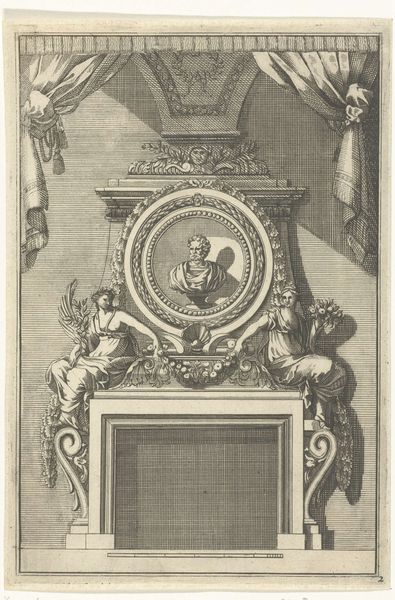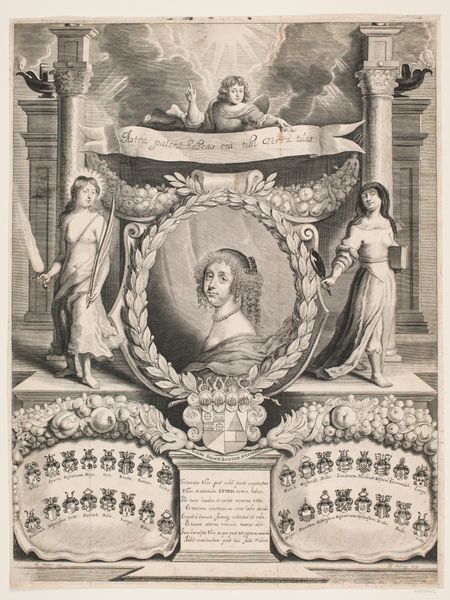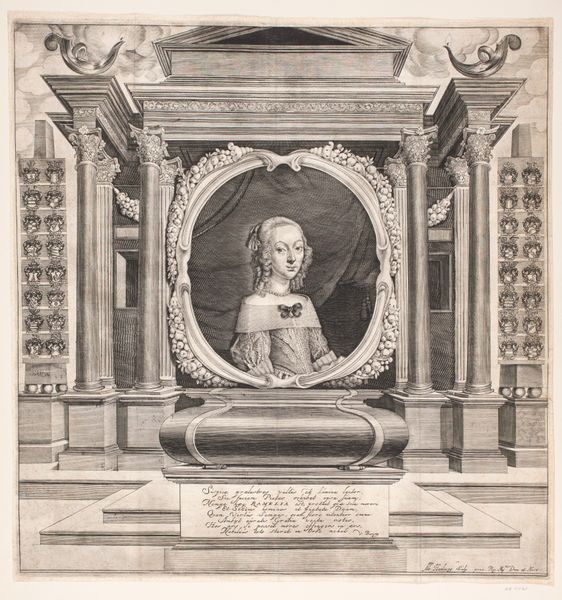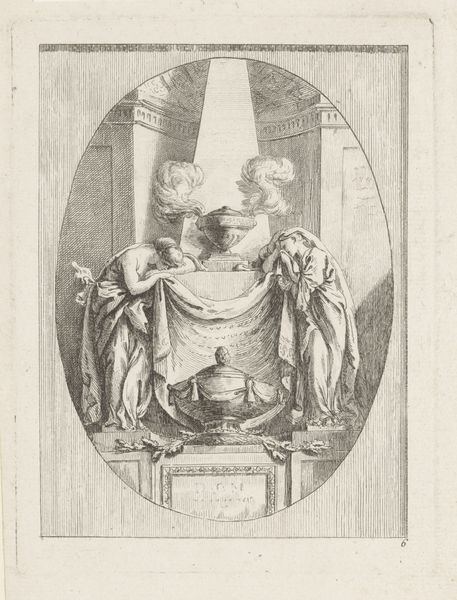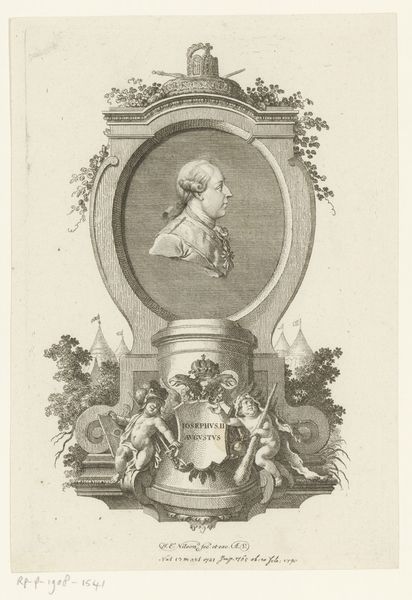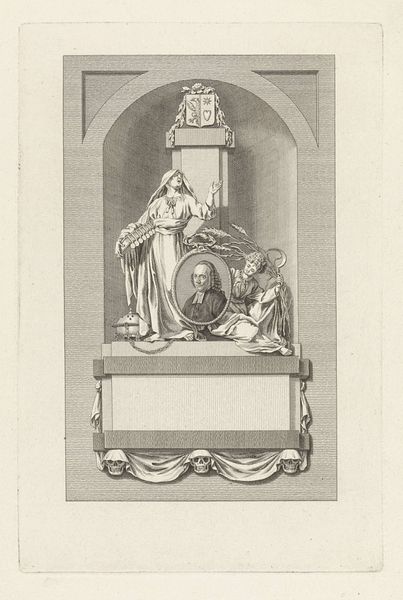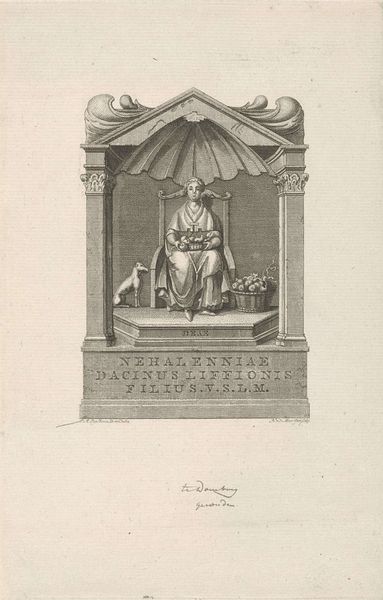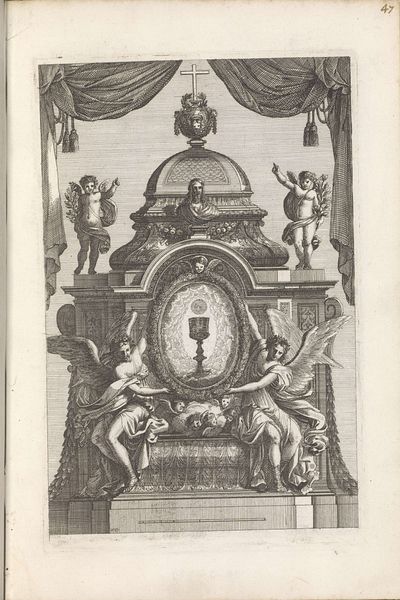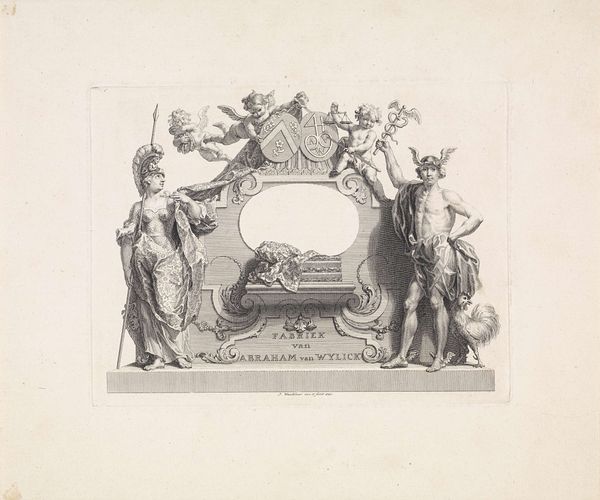
engraving
#
portrait
#
baroque
#
dutch-golden-age
#
figuration
#
pencil drawing
#
line
#
engraving
Dimensions: height 203 mm, width 234 mm
Copyright: Rijks Museum: Open Domain
This print, Portret van Magdalena van de Passe, was created by Simon van de Passe around 1636, using the intaglio technique of engraving. The fine lines were incised into a metal plate, which was then inked and pressed onto paper. The image's impact stems from the contrast between areas of detailed hatching and smooth, unworked surfaces. Look closely, and you can see how van de Passe skillfully used these variations to create depth and texture, especially in the rendering of the fabrics and the sitter’s face. The engraving process, though not as physically demanding as sculpture, still required precision and control, acquired through years of apprenticeship. The social context of printmaking in the 17th century involved a complex interplay of patronage, commerce, and artistic skill. Prints like this one were often commissioned as prestige items, but also sold in multiples, making art more accessible to a broader audience. The value we ascribe to this image today comes not only from its aesthetic qualities but also from understanding the labor and economic systems that brought it into being.
Comments
No comments
Be the first to comment and join the conversation on the ultimate creative platform.
